
All categories
Featured selections
Trade Assurance
Buyer Central
Help Center
Get the app
Become a supplier

(1143 products available)







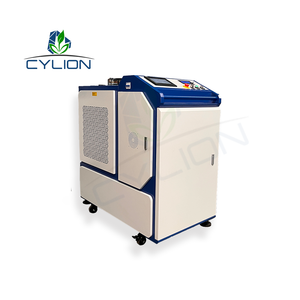

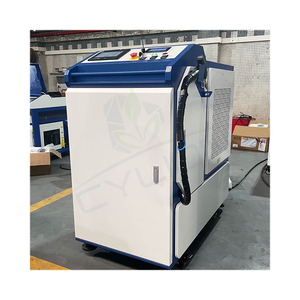
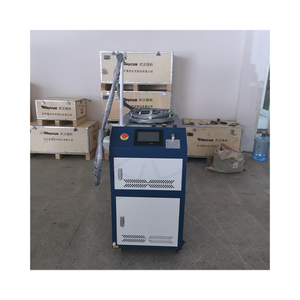



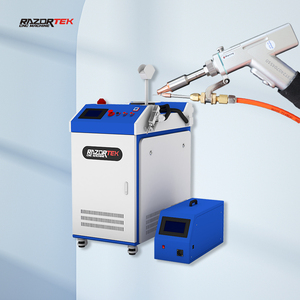
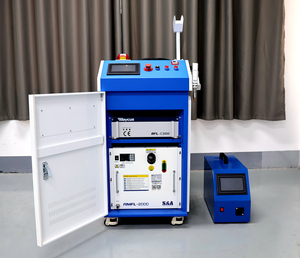










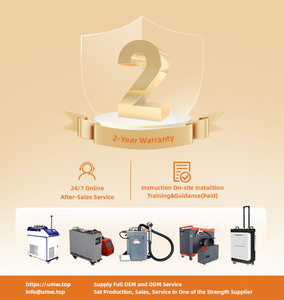









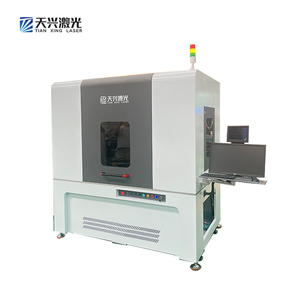



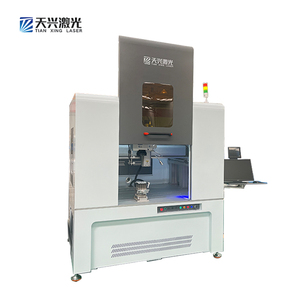










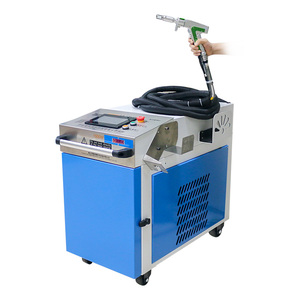

The world of mirror welder is a fascinating intersection of technology and precision, offering a wide range of applications across numerous industries. These machines are designed to join metals and thermoplastics by using laser beams to create a strong and durable bond. The precision and efficiency of mirror welder are unparalleled, making them an essential tool in sectors such as automotive, aerospace, electronics, and jewelry manufacturing. With the rapid advancements in technology, mirror welder have become even more versatile, allowing for intricate designs and complex structures to be achieved with ease. The adoption of mirror welder in industrial applications is driven by their ability to deliver high-quality results, reduced production time, and minimized material waste.
The variety of mirror welder available in the market is extensive, catering to a wide range of industrial needs. The most common types include fiber laser welders, CO2 laser welders, and Nd:YAG laser welders. Fiber laser welders are known for their high efficiency and precision, making them ideal for applications requiring intricate detailing. CO2 laser welders, on the other hand, are preferred for their ability to handle thicker materials and are commonly used in the automotive and aerospace industries. Nd:YAG laser welders are versatile and can be used for both metals and non-metals, offering flexibility in manufacturing processes. Each type of mirror welder provides unique advantages, allowing industries to select the most suitable option based on their specific requirements.
mirror welder are renowned for their precision, speed, and efficiency, which make them indispensable in modern manufacturing. They offer a range of functionalities, such as the ability to weld complex geometries and thin materials without distortion. Key features include adjustable power settings, which allow for customization based on material thickness and type, and automated operation, which enhances consistency and reduces human error. Many mirror welder also come with advanced cooling systems to prevent overheating, ensuring longevity and reliability. The integration of computer numerical control (CNC) technology in some models further enhances their capability, enabling precise control over the welding process and facilitating the production of complex parts with minimal waste.
The effectiveness of mirror welder is largely determined by the materials used in the welding process. Common materials include stainless steel, aluminum, and titanium, each offering distinct properties that affect the welding outcome. Stainless steel is favored for its strength and corrosion resistance, making it suitable for applications in harsh environments. Aluminum is valued for its lightweight and conductivity, often used in the electronics and automotive industries. Titanium offers exceptional strength-to-weight ratio, ideal for aerospace applications. The choice of material impacts the welding parameters, such as power settings and speed, ensuring optimal performance of mirror welder. Understanding the properties of these materials is crucial for achieving desired results and maintaining the integrity of the welded structures.
To maximize the benefits of mirror welder, it is important to understand their operational intricacies and limitations. Proper setup is crucial, including selecting the appropriate power settings and ensuring the alignment of the laser beam with the material. Regular maintenance, such as cleaning the lens and checking the cooling system, is essential to maintain the efficiency and lifespan of the equipment. Operators should also be trained in safety protocols to prevent accidental exposure to laser radiation. In industrial settings, automating processes with the help of CNC technology can enhance productivity and consistency. By optimizing the use of mirror welder, industries can significantly improve their manufacturing capabilities, reduce production costs, and achieve high-quality results.
Choosing the right mirror welder for your specific needs involves a thorough understanding of the application's requirements. Consider the type of materials you will be working with, as different welders are optimized for various material types. For instance, fiber laser welders are ideal for precision work with metals, while CO2 welders are better suited for thicker materials. Evaluate the power output and wavelength specifications to ensure compatibility with your intended materials. Additionally, consider the size and design of the mirror welder, as these factors impact the ease of integration into your existing production processes.
Another crucial aspect to consider is the level of automation and control offered by the mirror welder. Advanced models equipped with computer numerical control (CNC) technology provide greater precision and customization in the welding process. They allow for intricate designs and consistent results, which are essential in industries like aerospace and electronics. Assess the software capabilities and ease of use, as this can significantly affect productivity and the learning curve for operators. Furthermore, consider the availability of support and maintenance services to ensure long-term reliability and efficiency of the mirror welder.
Maintaining mirror welder involves regular checks and servicing to ensure optimal performance. Key considerations include cleaning the lens and optics to prevent contamination that can affect beam quality. Monitoring the cooling system is essential to prevent overheating, which can lead to equipment failure. Periodic calibration and alignment checks are also necessary to maintain precision. Additionally, operators should be trained in safety protocols to handle the equipment safely and effectively.
Yes, many mirror welder are versatile and can be used for both metals and non-metals. Nd:YAG laser welders, for example, are known for their flexibility in handling a variety of materials, including plastics and ceramics. The ability to adjust power settings and wavelengths allows mirror welder to accommodate different material properties, making them suitable for diverse applications in manufacturing processes.
The choice of mirror welder can significantly impact production efficiency. High-power models can reduce welding time and improve throughput, while automated systems minimize human error and enhance consistency. The integration of advanced technologies, such as CNC control, enables precise and repeatable processes, leading to reduced material waste and improved quality. Selecting the right mirror welder that aligns with your production goals can optimize workflow and lower operational costs.
Implementing safety measures when using mirror welder is crucial to prevent accidents and ensure a safe working environment. Protective eyewear and clothing should be worn to shield against laser radiation. Proper ventilation is necessary to dissipate fumes and prevent respiratory hazards. Regular training sessions on equipment handling and emergency procedures are essential to equip operators with the knowledge to safely manage mirror welder. Establishing a clear safety protocol helps minimize risks associated with laser welding operations.
While mirror welder are highly capable of handling complex geometries, there are certain limitations to be aware of. The beam's focus and alignment must be precisely controlled to achieve the desired results, which can be challenging with intricate shapes. Material properties, such as reflectivity and thermal conductivity, can also affect the welding process. However, with the right setup and adjustments, mirror welder can effectively tackle complex geometries, making them indispensable in industries requiring high precision and detail.